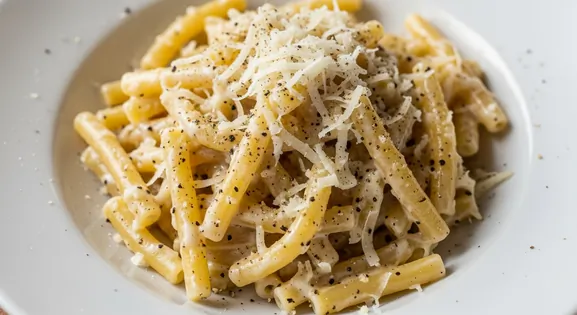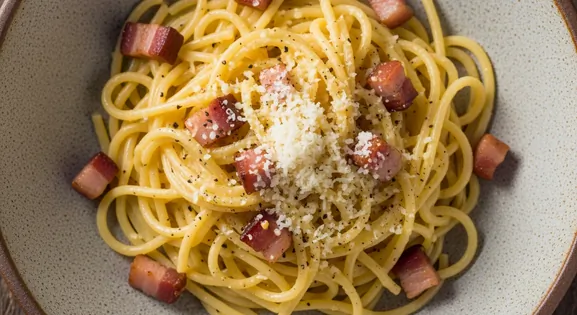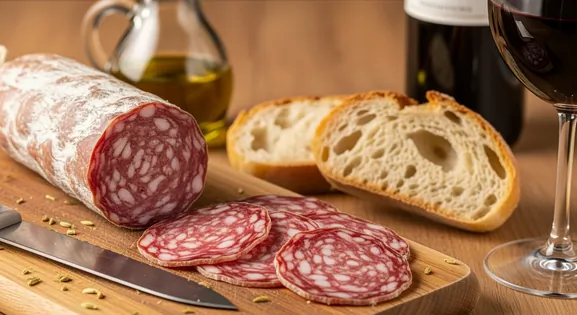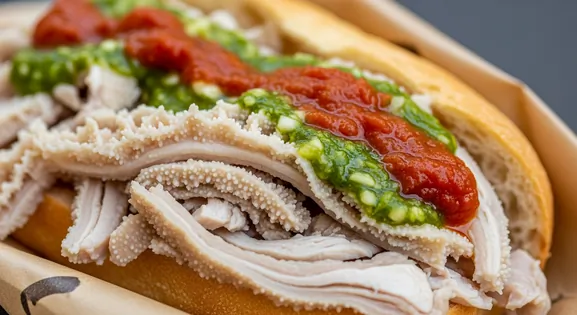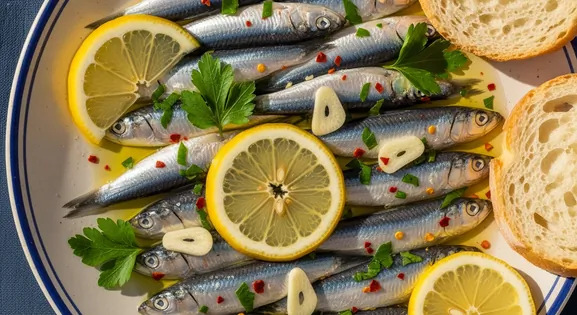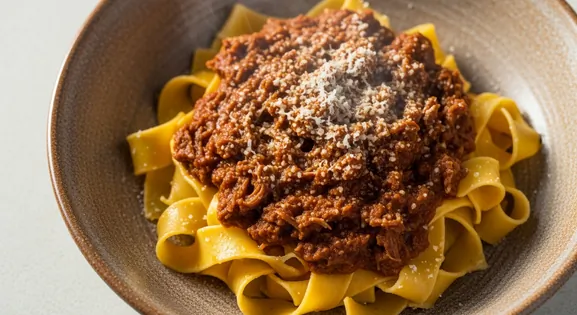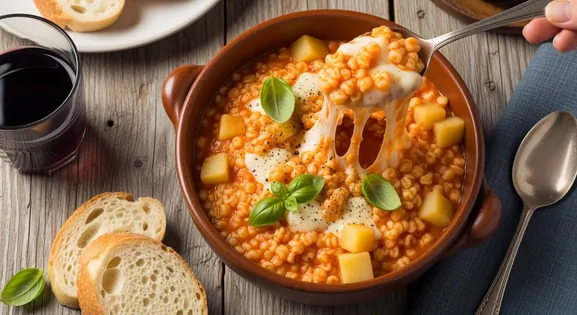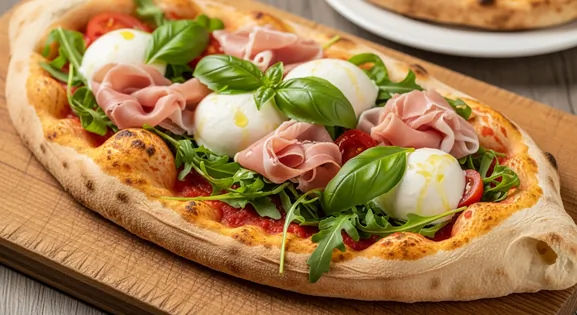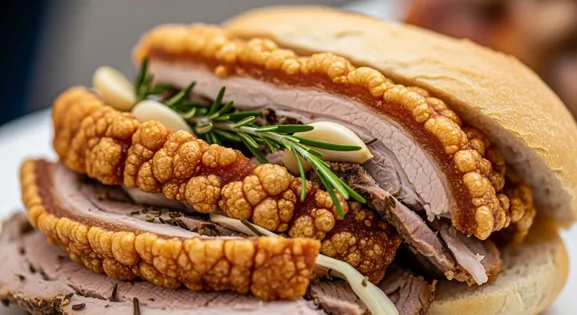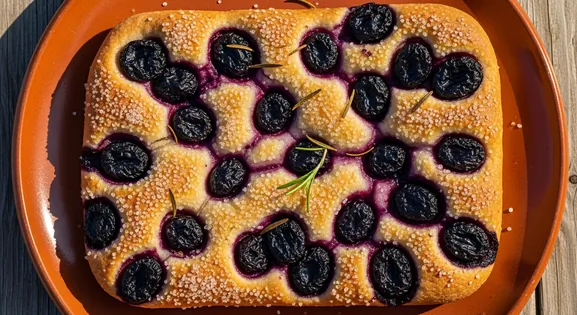Pastiera in Italy: A Complete Food Lover's Guide
Pastiera Napoletana
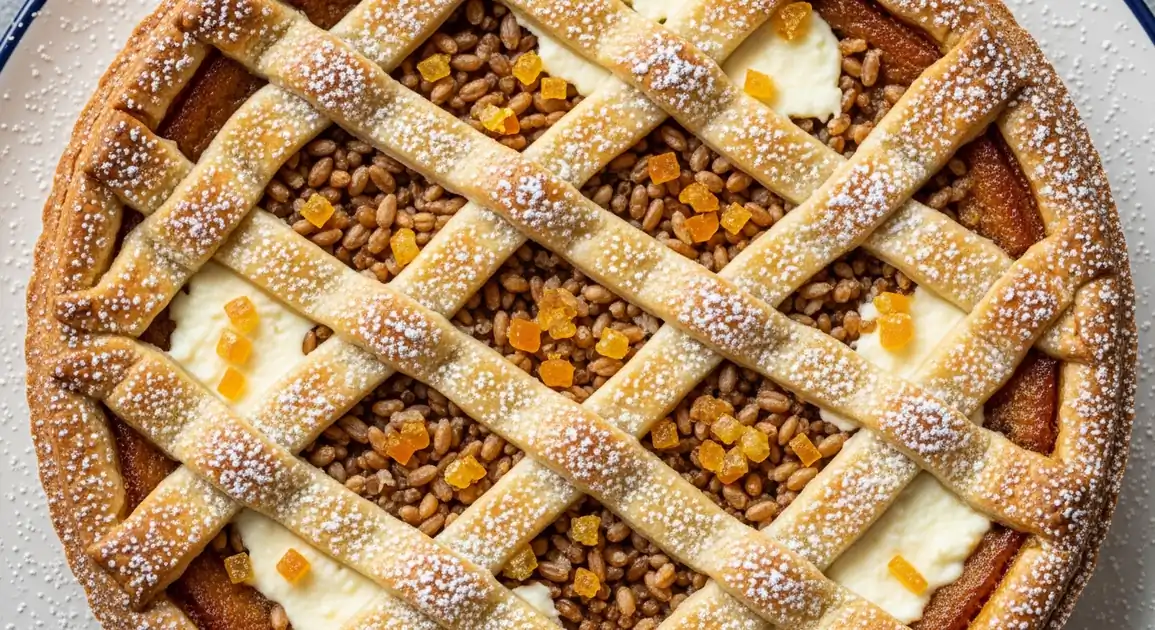
About Pastiera Napoletana (Neapolitan Easter Pie)
Pastiera Napoletana is a celebrated Italian dessert deeply rooted in Neapolitan tradition, especially associated with Easter celebrations. This aromatic pie features a shortcrust pastry shell filled with a unique mixture of cooked wheat berries (grano cotto), ricotta cheese, eggs, candied citrus peel, and distinctive flavorings including orange blossom water and cinnamon. Recognized by its characteristic lattice top and rich cultural significance, pastiera represents the perfect balance of textures and complex aromas that develop over several days.
How It Is Traditionally Made
Traditional pastiera preparation begins with soaking and cooking wheat berries (grano cotto) in milk until tender. The filling combines this wheat mixture with fresh ricotta cheese (preferably sheep's milk), eggs, sugar, candied citrus peel, and aromatic flavorings—most importantly orange blossom water and cinnamon. This mixture is encased in a shortcrust pastry shell, topped with distinctive lattice strips, and baked until golden. Critical to authentic pastiera is allowing it to rest for 1-2 days before serving, as this resting period allows the complex flavors to fully develop and harmonize.
Key Ingredients of Pastiera Napoletana (Neapolitan Easter Pie)
Cooked Wheat Berries (Grano Cotto)
These softened, plump wheat grains provide the signature texture and subtle chewiness to the filling. They are cooked until tender but still retain their individual shape.
Quality indicator: Look for plump, distinct grains that are not mushy or overly hard, indicating proper cooking.
Fresh Ricotta Cheese
A creamy, fresh sheep's milk ricotta is crucial for the rich, smooth consistency of the filling. It balances the sweetness and binds the ingredients together.
Quality indicator: High-quality ricotta should be smooth, fresh, and not watery or grainy, contributing to a velvety texture.
Orange Blossom Water (Acqua di Fiori d'Arancio)
This aromatic distillate provides the distinctive, delicate floral fragrance that is characteristic of authentic Pastiera, elevating its complex flavor profile and adding a unique, perfumed note. It's essential for the traditional taste.
Quality indicator: A good quality orange blossom water will have a natural, subtle floral aroma, not an artificial or overpowering scent.
The Perfect Accompaniments
Espresso
Beverage
The strong, dark notes of a traditional Italian espresso provide a perfect counterpoint to the sweet, aromatic richness of the Pastiera, cleansing the palate between bites.
Limoncello
Digestivo
This sweet, tangy lemon liqueur, often served chilled after a meal, complements the citrus notes in the Pastiera and aids digestion, offering a refreshing finish.
Tracing the Roots of Pastiera Napoletana (Neapolitan Easter Pie)
Pastiera's origins stretch back centuries in Naples, with legends connecting it to pagan spring celebrations later adapted by Christians. One popular story attributes its creation to a nun from the convent of San Gregorio Armeno who wanted to create a dessert symbolizing resurrection. The wheat represents rebirth, eggs symbolize new life, and the orange blossom water and citrus reflect spring's arrival. Traditionally prepared on Holy Thursday to be consumed on Easter Sunday, this timing allows the flavors to properly develop and harmonize. While historically a strictly seasonal Easter specialty, pastiera's immense popularity has made it available year-round in Naples.
Local Pastiera Napoletana (Neapolitan Easter Pie) Variations in Italy
Traditional Pastiera Napoletana
The classic version with wheat berries, ricotta, eggs, candied citrus, orange blossom water, and cinnamon in a shortcrust shell with lattice top.
Pastiera with Chocolate
A modern variation that adds dark chocolate to the traditional filling, sometimes replacing the candied fruit entirely.
Mini Pastiera
Individual-sized pastiera tarts, perfect for single servings and often found in pasticcerie throughout the year.
Pastiera with Pasta
A variation from the Amalfi coast that substitutes thin pasta (tagliolini) for wheat berries, creating a different texture.
Modern Deconstructed Pastiera
A contemporary interpretation served in layers or in glasses, maintaining all traditional flavors but with a modern presentation.
A Traveler's Guide to Authenticity
What to Look For
-
Purchase from established pasticcerie with good reputations
Traditional pastry shops with long histories of making pastiera typically follow proper food handling and traditional recipes.
-
Proper storage conditions
Pastiera should be displayed in clean cases, ideally refrigerated or in a cool environment if being sold during warmer months.
-
Fresh appearance without cracks or dried edges
The filling should look moist but set, without excessive dryness or cracks which indicate it's been stored too long.
-
Ask when it was made
Ideal pastiera should be 1-3 days old, which allows flavors to develop while maintaining optimal quality.
-
Visible wheat berries and candied fruit
A quality pastiera will clearly show the distinct texture of cooked wheat berries and small, well-distributed pieces of candied citrus peel in the filling.
What to avoid
-
Mass-produced versions with artificial ingredients
Industrial pastiera often contains preservatives, artificial flavors, and lower quality ingredients that affect both taste and potentially digestibility.
-
Very old pastiera
While pastiera should rest 1-2 days, anything older than a week may have compromised quality, especially if not properly refrigerated.
-
Improperly stored pastiera in warm environments
Pastiera contains eggs and dairy which can rapidly degrade in quality if left at warm temperatures for extended periods.
-
Unusual colors or appearance
Traditional pastiera has a light golden-yellow filling and golden-brown crust. Unusual coloring could indicate artificial additives or a decline in freshness.
Explore Pastiera Napoletana (Neapolitan Easter Pie) in Detail: City Guides
Discover where to find the best Pastiera Napoletana (Neapolitan Easter Pie) and learn local tips in these cities:
Dietary Information
Dietary Information
Important Note for Travelers: Your safety is our priority. Below are the common allergens associated with the traditional preparation of this dish. However, recipes and ingredients can vary significantly between establishments. Always confirm all ingredients directly with the food vendor before ordering, especially if you have a severe allergy.
Potential Allergens
Dietary Suitability
How to Order Pastiera Napoletana (Neapolitan Easter Pie)
Frequently Asked Questions about Pastiera Napoletana (Neapolitan Easter Pie)
What is Pastiera?
Pastiera Napoletana is a traditional Italian Easter pie from Naples. It features a shortcrust pastry shell filled with cooked wheat berries (grano cotto), ricotta cheese, eggs, candied citrus peel, and aromatic spices like orange blossom water. It's typically decorated with lattice pastry strips and is deeply connected to Easter celebrations.
When is the best time to eat Pastiera in Italy?
While traditionally made for Easter, pastiera is available year-round in Naples, especially at established pastry shops. The best time to enjoy authentic, freshly-made pastiera is during the Easter season (March-April), when shops prepare it in large quantities following traditional methods. This allows flavors to fully develop.
How long does Pastiera stay fresh?
Freshly made pastiera improves in flavor over 2-3 days as aromas meld. At room temperature, it's good for 3-4 days when properly stored. In the refrigerator, it can last up to a week. When purchasing, ask when it was made; ideally, you want one made 1-2 days ago. Avoid dried out or cracked pastiera.
What should people with allergies know about Pastiera?
Pastiera contains common allergens: wheat (crust and filling), eggs, and milk products (ricotta). It always contains gluten and dairy, making it unsuitable for those with celiac disease or lactose intolerance. Aromatic ingredients like orange blossom water might affect those with sensitivities. Always check with the vendor about specific ingredients if you have allergies.
How can I tell if a Pastiera is good quality?
A high-quality pastiera has a golden-brown, evenly baked crust with distinct lattice work. The filling should be set but moist, with visible wheat berries and candied citrus. The aroma should be sweet with orange blossom and cinnamon notes. Authentic versions come from established pasticcerie, not supermarkets, and have a balanced sweetness.
Can I get Pastiera outside the Easter season?
Yes, while traditionally an Easter dessert, many pasticcerie in Naples and throughout Italy make it year-round due to its popularity. The best quality and variety are found during Easter season, but established pastry shops often offer it throughout the year. It's always worth asking when it was made.
Expert How-To Guides about Pastiera Napoletana (Neapolitan Easter Pie)
How to Spot an Authentic Pastiera
Learn what makes a true Neapolitan pastiera, understand its key characteristics, and how to identify high-quality versions.
- Look for the distinctive lattice top pattern (typically 5-7 strips each way).
- Check that the filling contains visible wheat berries (grano cotto) and small pieces of candied citrus peel.
- Smell for the signature aromatics: orange blossom water (acqua di fiori d'arancio) and cinnamon are essential.
- The color should be golden-brown on top, with a creamy, light yellow filling.
- Authentic pastiera should be sold in established pasticcerie, especially those known for Neapolitan specialties.
- The texture should be moist but set, neither dry nor runny.
How to Choose the Best Pastry Shop for Pastiera
Discover how to find the most reliable and reputable sources for high-quality pastiera in any Italian city.
- Look for pasticcerie that specifically advertise "Pastiera Napoletana Tradizionale".
- Check if locals are buying from the shop - a good sign of quality and authenticity.
- Ask when the pastiera was made - ideally it should be 1-2 days old for best flavor development.
- Avoid mass-produced versions from supermarkets or chains if possible.
- Check reviews or ask locals for recommendations of shops known specifically for their pastiera.
- Visit early in the day, especially during Easter season, as the best places often sell out.
How to Store and Serve Pastiera Properly
Maximize your enjoyment of pastiera with proper handling and serving techniques to preserve its unique flavors and texture.
- Store at room temperature if consuming within 2-3 days, loosely covered to prevent drying.
- Refrigerate for longer storage (up to a week) but bring to room temperature before serving.
- Serve pastiera as is or with a light dusting of powdered sugar - no additional toppings needed.
- Traditional serving temperature is room temperature, not warm or chilled.
- Cut with a sharp knife, wiping between slices for clean cuts.
- Serve small slices - pastiera is rich and traditionally enjoyed in modest portions.
Our Commitment to Quality
At Tasteplorers, our mission is to provide the most accurate and useful travel information in the world. To achieve this, all content on this site is created through our unique editorial framework. We utilize leading AI research tools, guided by our proprietary prompts, and a multi-stage validation process. This entire system is overseen by our editorial team to ensure everything we publish meets our high standards for accuracy, cultural nuance, and practical value for travelers.
Learn more about our Editorial Process and our Mission.
Countries
Explore regions
Europe
Discover Europe's diverse culinary landscape, from Mediterranean flavors to hearty Alpine fare. Learn to navigate markets, decode menus, and eat like a local.
Latin America & Caribbean
Discover the vibrant cuisines of Latin America & the Caribbean. Our expert guide covers everything from Mexican street food to Peruvian ceviche and market tips.
Oceania
Explore Oceania's diverse food scene. Learn about Polynesian earth ovens, Fijian feasts, and the vibrant café culture of Australia and New Zealand.
Southeast Asia
Explore Southeast Asia's diverse food cultures from Thailand to Vietnam. Get expert tips on navigating spice levels, choosing quality vendors, and understanding the rich traditions of the region.
